How to Become a Park Ranger - 10 Steps From a Denali Park Ranger Herself!
I have a confession. I’ve always wanted to become a National Park Ranger. Ok, maybe not always, but as soon as I started getting into outdoor adventure, I always thought about how cool it would be to become a park ranger! I mean seriously? Every time I go to Yosemite National Park and see the staff walking around, I just wonder what it must be like to wake up with El Capitan and Half Dome in your backyard.
Now that’s the life.
I’m sure there are downsides to the job, as with any job (like, can we get some more female fitting green pants for us ladies in the National Park service please?), but I still have always thought it would be really awesome to spend part of my life giving back like that and being in the worlds most beautiful places. So as you can imagine, I was stoked when Riley Hays, Denali Park Ranger, reached out to me about publishing a guest post for She Dreams of Alpine. It was pretty much an immediate, resounding yes.
Selfishly, I asked her if she would write an article about How to Become a Park Ranger, so that I could daydream about my fantasy life a bit further. I figure, if I dream about this, I’m sure many of my readers have also thought about becoming a park ranger as well.
So without further ado, Riley Hays Guest Post about becoming a park ranger:
To learn more about Riley, check out her full bio at the bottom!
how to become a park ranger
I’ll go ahead and say it: becoming a full-time, year-round, permanent park ranger is not easy. It takes time, patience, and development. I’ve worked for the National Park Service since 2016 in two different parks and completed an internship at a third back in 2013. I’m still a seasonal park ranger, meaning I work for six months (for me, the summer months) in one park. While this lifestyle choice is challenging in many ways, it also gives me flexibility for the other six months. I can travel or work or play; it’s all up to me. When I am working, I get to call America’s most treasured landscapes my backyard. If you ask me, I have the best job in the world.
*Important Note* There are many different types of park rangers. Some are mountaineers or climbers, some focus on law enforcement, and others perform park maintenance duties and conserve trails. There are park scientists who perform a variety of experiments and studies, some rangers provide visitor services (interpretation), and so many others. The list is nearly endless. It’s important to note that I am an Interpretive Park Ranger, and this article will reflect how to gain experience and apply for that job. While aspects of this are similar for each type of park ranger, I’d recommend doing some more research if you’re interested as each may have additional requirements.
It’s also important to note that other agencies, such as the Bureau of Land Management and Fish and Wildlife Service, employ park rangers. My knowledge and experience are limited to my time as a park ranger for the National Park Service, and steps to work for other agencies may vary. Again, I’d recommend doing more research if you’d like to work for a different agency or department.
So let’s dig in. Below I’ve detailed 10 steps you should take in order to become a park ranger.
step 1. Complete an Internship
In college, I was pretty lost in terms of my future. It took a while for me to realize I was destined for a career in the outdoor industry. Even then, I had no idea how I wanted that to look. Did I want to be a scientist? What kind of scientist? Should I study animals or plants? Even though I had narrowed my interests down, there was a long way to go.
That’s when I stumbled across the Student Conservation Association (SCA). This organization has been working with the National Park Service (and other agencies) for years in order to jumpstart students’ careers in the outdoor field.
My first SCA internship was at an air force base in Oklahoma and focused on restoration. Next came a local internship through Florida’s Fish and Wildlife agency. There, I provided education programs for kids on school field trips, and I had a blast. I decided to keep pursuing this type of work, and found my third internship with the SCA again. This is where it all changed for me. I was selected for an internship at my first national park: Wrangell-St. Elias, the largest park in America, located in Alaska. Not only did I fall in love with education and interpretation, but I also fell in love with Alaska and with working in national parks. That internship would end up shaping the rest of my life. Finally, I did an internship with the SCA in Delaware, helping organize its relatively new Children in Nature coalition to engage children with the outdoors and various other tasks for Delaware’s State Parks. Ultimately, this led to my first post-college job before I jumped over to the National Park Service two years later to don the flat hat.
If I hadn’t done those internships, I’m not sure I would’ve ever worked for the National Park Service. I learned valuable information about working in the parks and how to apply for those jobs from experts who had done the hard work. These experiences were what drove me to my current career and lifestyle that I deeply love, and I’m forever grateful.
In addition to the SCA, another internship program that works with the National Park Service is called Geoscientists-in-the-Parks (GIP). GIP is really great if you’re hoping to pursue a career in a science-related field. I’d recommend looking into both of these if you’re hoping to work for a national park one day.
Step 2. Earn Your Degree
The National Park Service does have education requirements if you wish to pursue their careers. If you’re still in high school or you’re working toward your degree, there are options for you. Ultimately, you’ll need at least a Bachelor’s degree. From there, you can apply for higher paying jobs if you have a higher education. You can also earn these positions through experience.
Your degree doesn’t have to be science related. One of my best friends has two history degrees, and he’s been a backcountry, interpretation, and maintenance park ranger for the better part of a decade. Personally, I studied Environmental Studies and Geography because I knew I was interested in an outdoor career, but if I’d studied art or literature I’d still be qualified for my job. However, while the National Park Service doesn’t require a specific or specialized degree, certain positions might.
Step 3. Find a Mentor
Now that you have the education and the experience, you next have to apply for jobs. This is where it gets tricky. The government likes to change their rules and processes so often it makes my head spin. Having a mentor is a great help. Call a national park near you (or one that you’re interested in working at) and see if any of the rangers are willing to talk to a prospective park ranger. You can also feel free to contact me if you have any questions!
Mentors are also helpful in answering those logistical job questions. Questions such as, “What exactly do you do every day?”, or, “Where do you live?” I’d also recommend asking them how they got their position. Every ranger has a different story. I work with many who are retired or formerly held wildly different careers (engineers and journalists, for example). It’s never too late to be a park ranger!
GRAB MY [FREE] OUTDOOR BACKPACKER STARTER KIT:
I created the Ultimate Outdoor Backpacker Starter Kit for you (and it's FREE)! This starter kit is filled with 14 pages of my best hiking and backpacking tips to help you learn what it takes to become a safe, confident, and self-sufficient outdoor backpacker!
Step 4. Craft a Government Resume
The resume you need to create to become a park ranger is nothing like the one you’d use for any other job. Forget everything you know about writing a resume. If you can’t do that, at least forget one major rule: your resume can’t be more than two pages. In this field, that is completely false. My resume is SIX PAGES and it’s considered short. You should give as many details as possible about each position you have held. Furthermore, every job will require a questionnaire. When you fill that out and say you have experience in something, make sure you have that experience documented in your resume.
When you create a USAJobs account, it will ask you to fill in information for each job you’ve held. I would fill this in and supplement it with a copy of your resume in PDF format. Add the same elements the USAJobs resume system has to the resume you create, then upload it to USAJobs.
Step 5. Learn the Ins-and-Outs of USA Jobs
I think I can safely speak on behalf of all park rangers when I say that USAJobs is the bane of our existence. Unfortunately, it’s the only way to apply to work for the National Park Service or any other agency within the United States Federal Government.
First, every job has requirements. No matter which job you’re looking for, you do have to be a United States citizen. After that, requirements vary per position. Make sure you meet them all before you apply.
Next, you have to upload documents, including your government resume. If you’re qualifying for a job based on your education, make sure you attach your transcripts. If you’ve already held a government job before, it’s also a good idea to attach your SF-50s (a document that proves you worked for the government, including dates) and your EPAPs (performance reviews). General tip: get used to weird acronyms if you’re pursuing a career with the feds.
Then, you’ll have to fill out the questionnaire. Make sure you fill this out truthfully and that everything is documented in your resume. For example, let’s say you’ve held one job where you regularly used a cash register. It’s safe to say you’re an “expert” in operating a cash register on your application. Just make sure it’s in your resume! If you say you have experience in something and HR employees can’t find it in your application, you’ll be deemed ineligible for the job you’ve applied for.
The final step is attaching your uploaded documents. A resume is always required. From there, make sure you know which documents each position is requesting and attach them to your application, such as your transcripts. This is also where your SF-50s and EPAPs go.
Don’t get discouraged if you find out you didn’t qualify for the first few jobs you applied for. Keep learning the system and asking park rangers and mentors questions. I still get told I’m not qualified, and most of the time that’s simply because people applied who are more qualified than I am. If you’re really concerned, you can call HR and ask them why you’re repeatedly getting e-mails that say you’re ineligible, and they’ll let you know if there are any problems with your applications.
Step 6. Understand Hiring Authorities
Hiring authorities are great ways to attain a government job. To sum it up very simply, if you qualify for one or more of these, your application gets bonus points. You can find a full list here, but I’ll discuss some of the more important ones below.
Local hire: If you live in the local area, and have for at least twelve months, you can apply for jobs based on your local status.
Land Management Workforce Flexibility Act (LMWFA): This one is still really new. One huge head-scratcher with the federal government is that if you want to apply for a permanent job, you must already have permanent “status”, which you can only achieve by holding a permanent job. Confused? So is every seasonal park ranger ever. This new hiring authority has been most helpful to those seeking permanent positions. With this authority, if you have worked for the federal government for a total of 24 months without a break in service of more than two years, you can apply for permanent jobs even though you’ve never held a permanent position. For example, if you have held four positions that were six-months long (and have the SF-50s to prove it), and you didn’t stop working for the government for more than two years, you can apply for permanent jobs.
Pathways: This is a wonderful option for students. If you’re currently a student, you can apply for internships and positions with this authority. The best part? You’re granted “status” after you complete the position, meaning you can apply for permanent jobs and skip all the nonsense I just mentioned.
Recent Graduate: This works the same as Pathways, except it’s for (duh) recent graduates. You must apply within two years of receiving your degree.
Step 7. Don’t Be Afraid to Reach Out
After you apply, USAJobs will (eventually) send you an e-mail to let you know if you were deemed eligible. This is followed by an e-mail letting you know whether you were referred. A referral means your application was sent on to the hiring official for the job you applied for. This is the goal. However, you’re not the only one. These officials receive hundreds of resumes. You have to make sure you stand out.
When I applied for my internship at Wrangell-St. Elias, I called and left a voicemail to say I was interested. I did the same thing in 2016 when I applied for a job at Jewel Cave. This is the best way for a hiring official to remember your name. You don’t need to plan some huge speech about why you’re qualified, that’s what the interview process is for. A simple two-minute phone call to say, “Hi, my name is Riley, I applied to work at Jewel Cave and I love the idea of learning more about karst ecosystems and planning events to celebrate the National Park Service centennial. I hope you’ll consider my application.” is all you need. If you’re too shy to call, an e-mail can help as well, but it’s not as effective. These are easily lost in the flood of e-mails park rangers get every day. That being said, it’s still better than nothing.
Step 8. Be Patient
This is critical. As I said, I first interned with the National Park Service/Student Conservation Association in 2013 and I still don’t have a permanent, year-round job. If stability is important to you, research hiring authorities. If you don’t qualify for any of those, look into careers in the outdoor field outside of federal agencies. I loved working for Delaware State Parks, and I think state agencies are a great option for outdoor careers.
I’ll be honest, I got lucky when I was hired at Jewel Cave in 2016. I had never held a federal position before. I was working for Delaware’s State Parks, doing a job that I loved that (quite honestly) didn’t pay nearly enough, so I went out on a limb and applied to be Jewel Cave’s Centennial Coordinator for the National Park Service’s 100th birthday. I hadn’t even glimpsed at USAJobs since 2014 when I was hired full-time in Delaware. I had to rebuild my account, resume, references, everything. Thankfully, the person who hired me had also come from a state park system. He liked that we had similar backgrounds. It worked for me, and I got my big break.
Once you’re in, it’s a lot easier to find jobs. You’ll learn that even though there are 418 sites managed by the National Park Service, the agency is tiny. Everyone knows everyone, and that can help you along your career path. Always consider networking with fellow rangers and nearby parks to meet as many people as possible.
Step 9. Don’t Expect to Be Outside All the Time
The job definitely isn’t as glamorous as you might think. I currently work at Denali National Park, which allows me to get outside pretty frequently when I’m not working. I also lead hikes out in the park and nearly all of the interpretive programs I deliver are outdoors. But that doesn’t mean I’m always outside. In fact, I’d venture to say I spend the majority of my time indoors. I craft programs on the computer, help visitors at the front desk, issue backcountry permits at a different desk, plan hikes, help around the office, and other various roles. There’s a lot of behind-the-scenes work that goes into what we do that visitors never see.
Step 10. Enjoy Every Minute
A common saying amongst rangers is that we “get paid in sunsets”. Staff housing isn’t always great, you can have disagreements with your co-workers, sometimes visitors are irritating, and the job can be highly stressful. That being said, it’s all worth it. If you’re going to be stressed out no matter what your job title is, why choose one that you don’t love?
Even on my most stressful days when visitors ask me if grizzly bears are extinct (true story), I go home thankful that I get to share my favorite place on earth with new people every day. Every minute of this job is worth it when I have someone come up to me crying because I’ve inspired them, or thanking me for giving them the confidence they needed to hike in the wilderness. For me, that’s worth all the silly visitor questions and headaches over job applications. At the end of the day, if I can create one more national park steward, I’ve done my job and made the world a better place. If that’s not the greatest job on Earth, I don’t know what is.
You can follow Riley and her adventures over on her blog, Riley’s Roves.
I hope you enjoyed this guest post from Riley that details 10 steps on How to Become a Park Ranger. Maybe one day I’ll get the opportunity to be one myself?
A girl can dream.
looking for more outdoor resources?
If you’re looking for more outdoor resources, check out some of my guides below!
Cheers,
Allison - She Dreams of Alpine
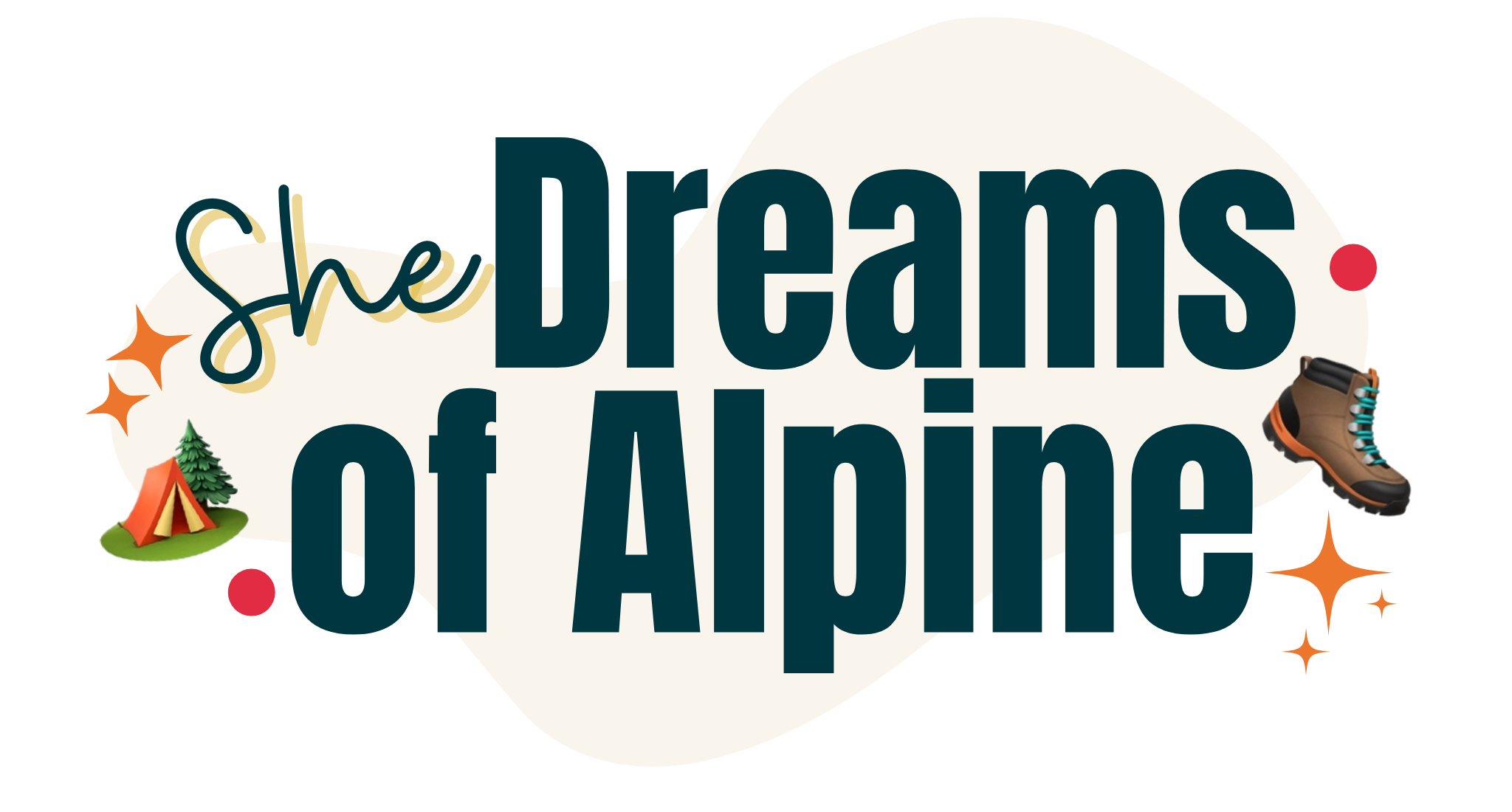

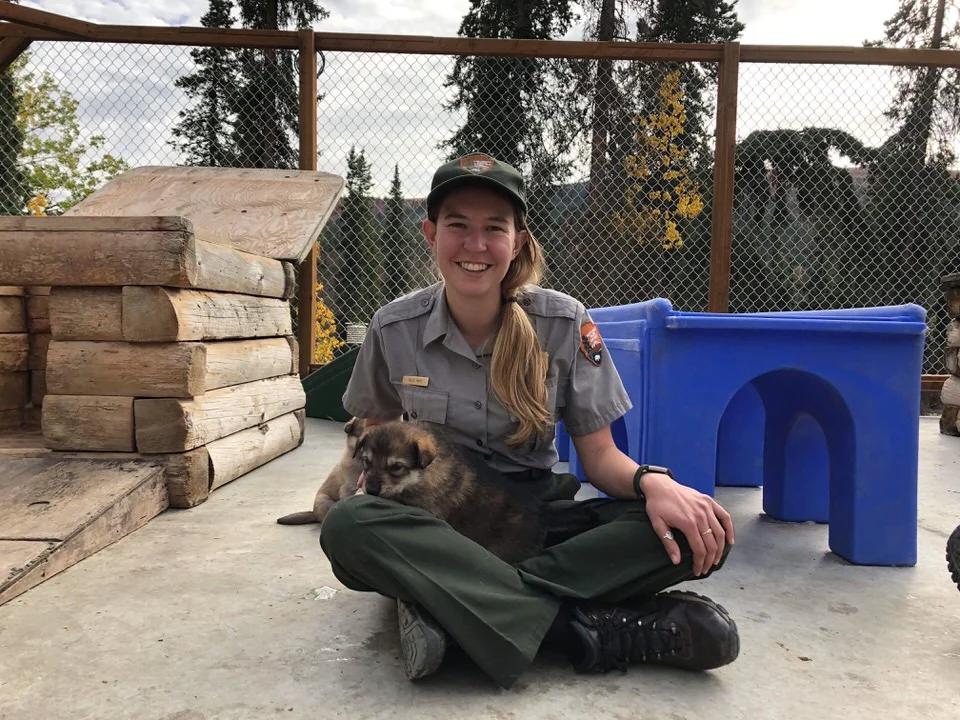



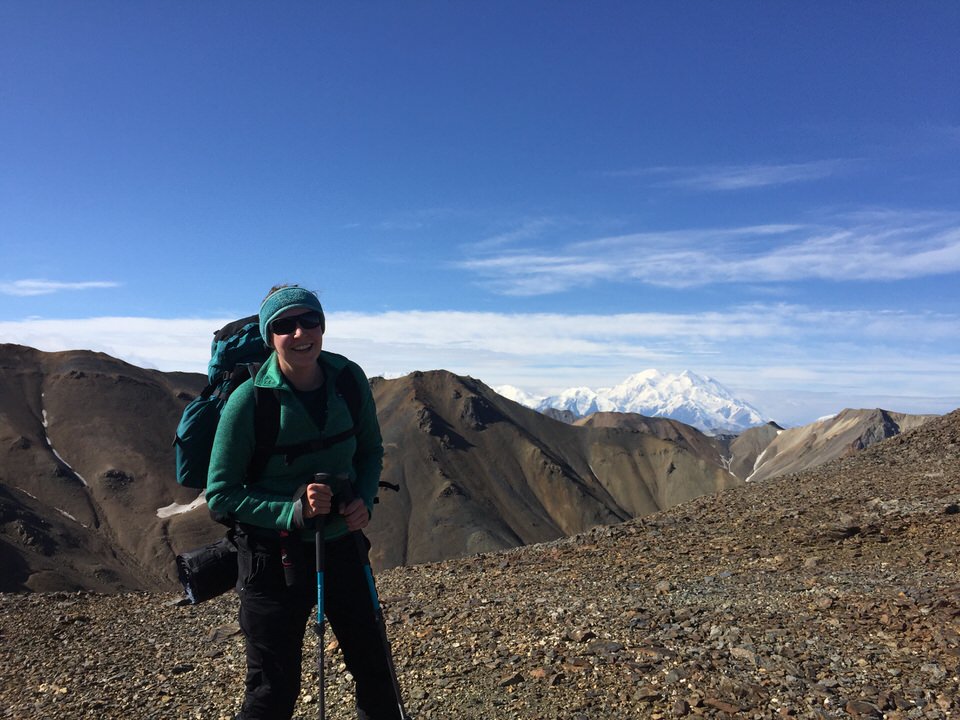

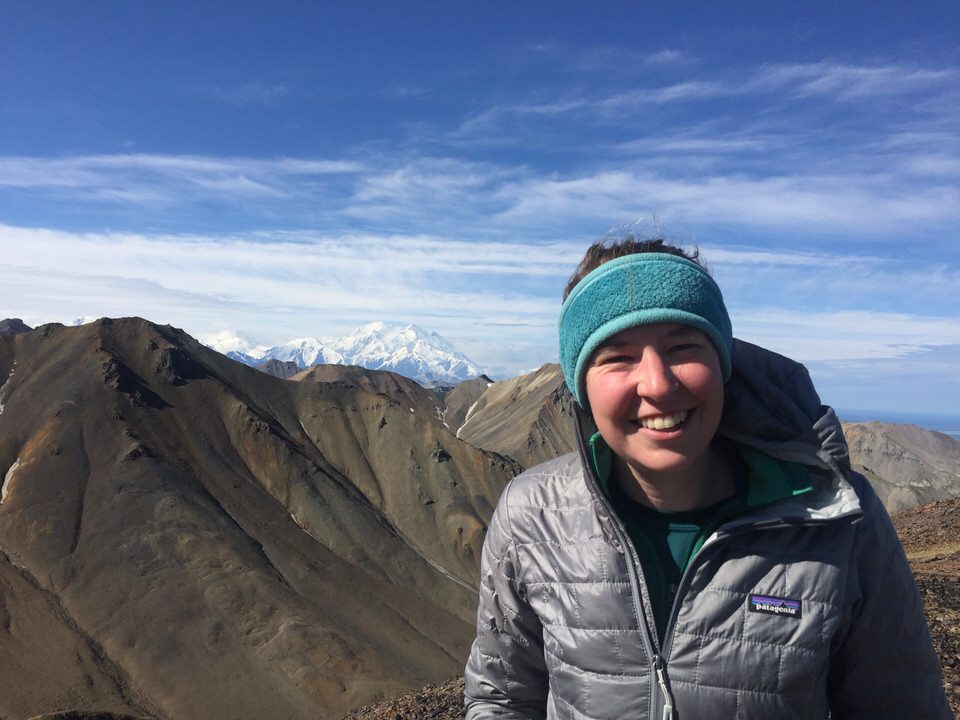

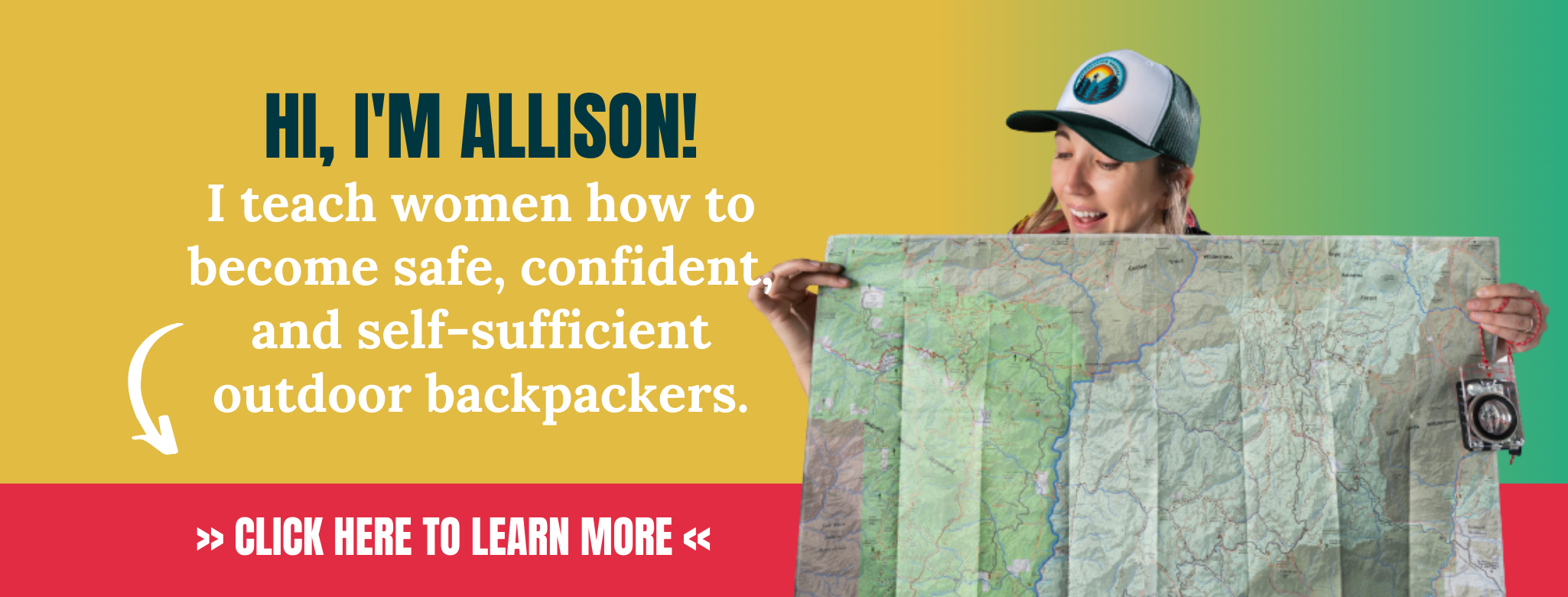


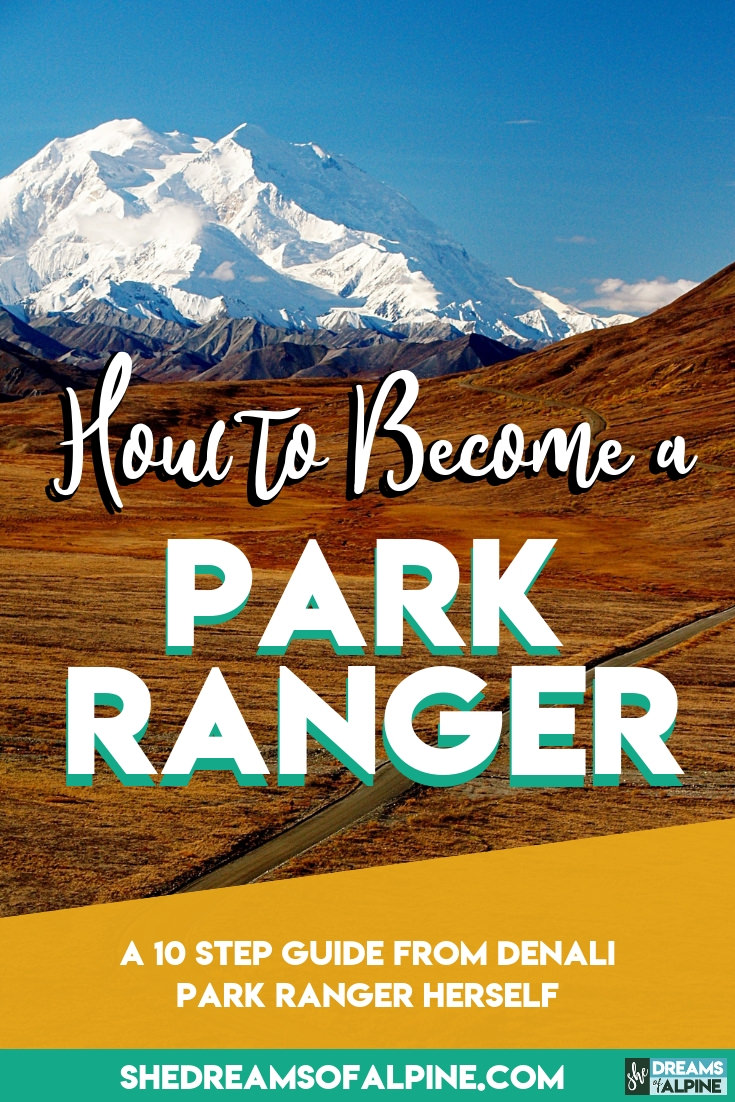
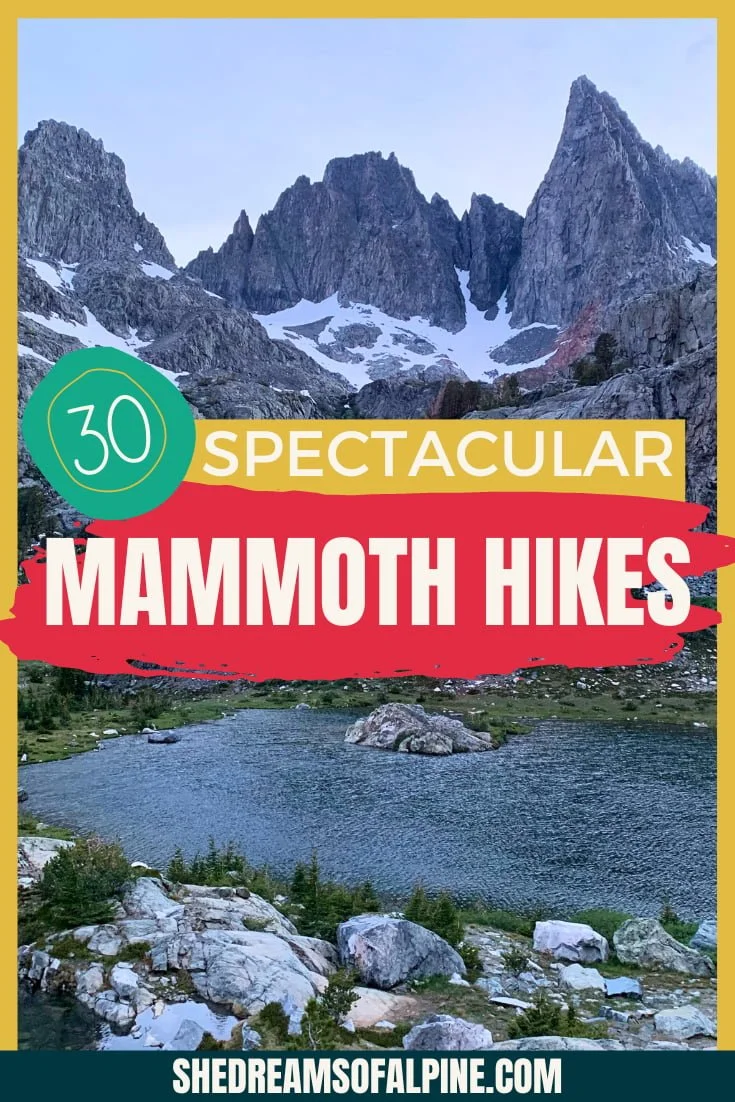
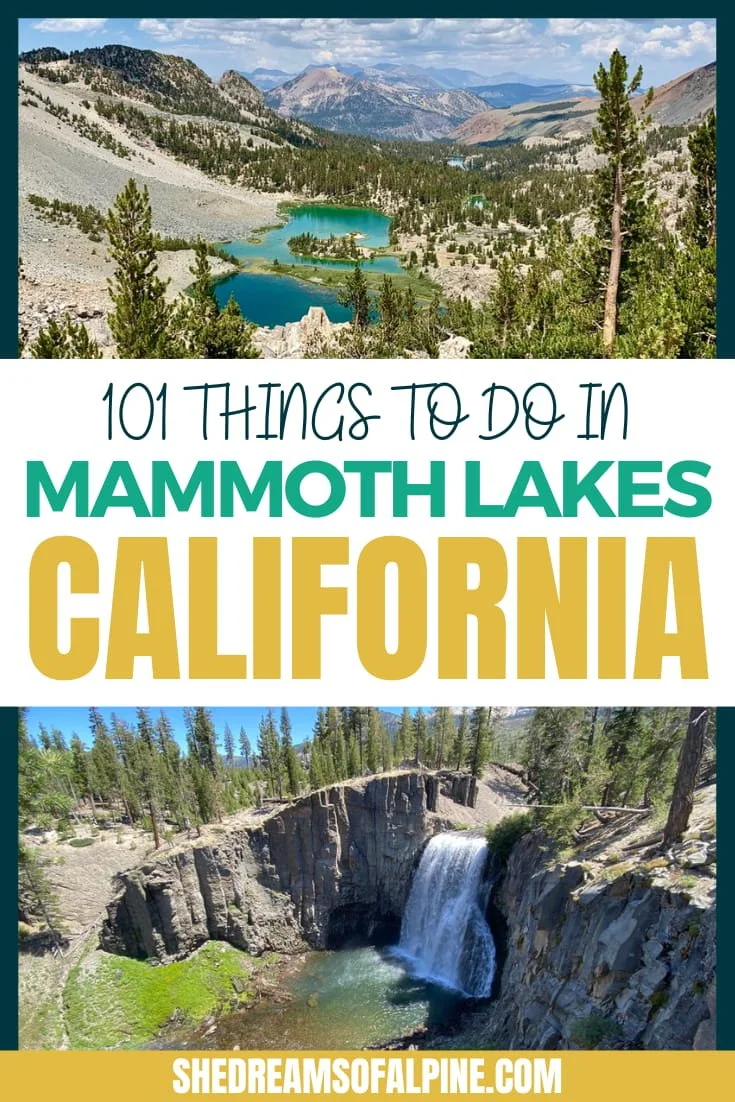



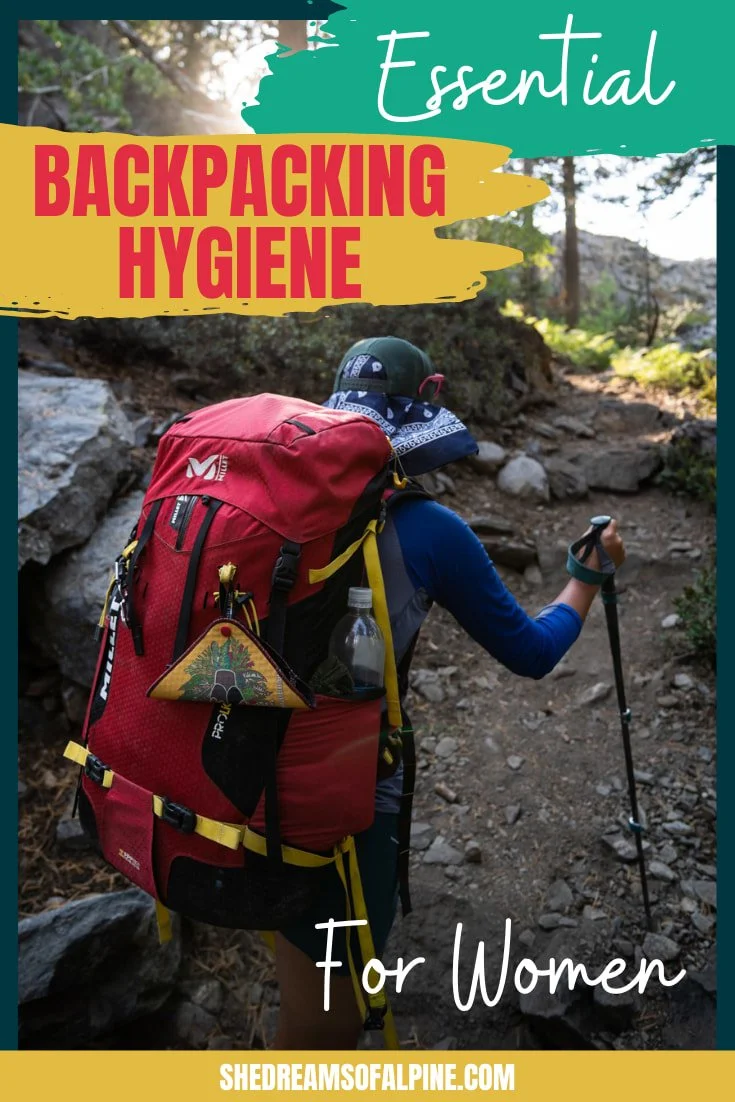

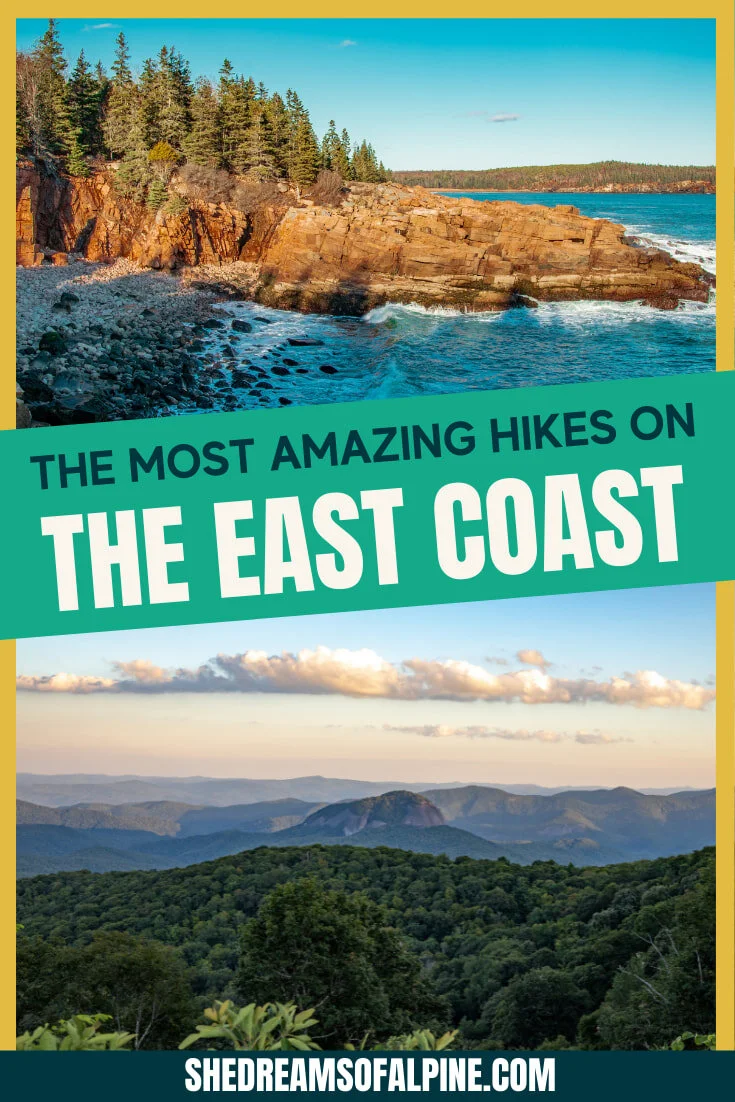
27 of the Absolute Best Hikes in Yosemite National Park to Put on Your Hiking Bucket List | Yosemite National Park is one of the most beautiful national parks in the entire United States, and one of the best ways to explore the park is via one the many amazing hiking trails. In this post, I’ve detailed 27 of Yosemite’s top hiking trails, ranging from difficult to easy, that give you epic views of Yosemite’s grand backcountry and some of Yosemite’s most famous landmarks. You’ll only fall more in love with Yosemite after going on one of these hikes! | shedreamsofalpine.com